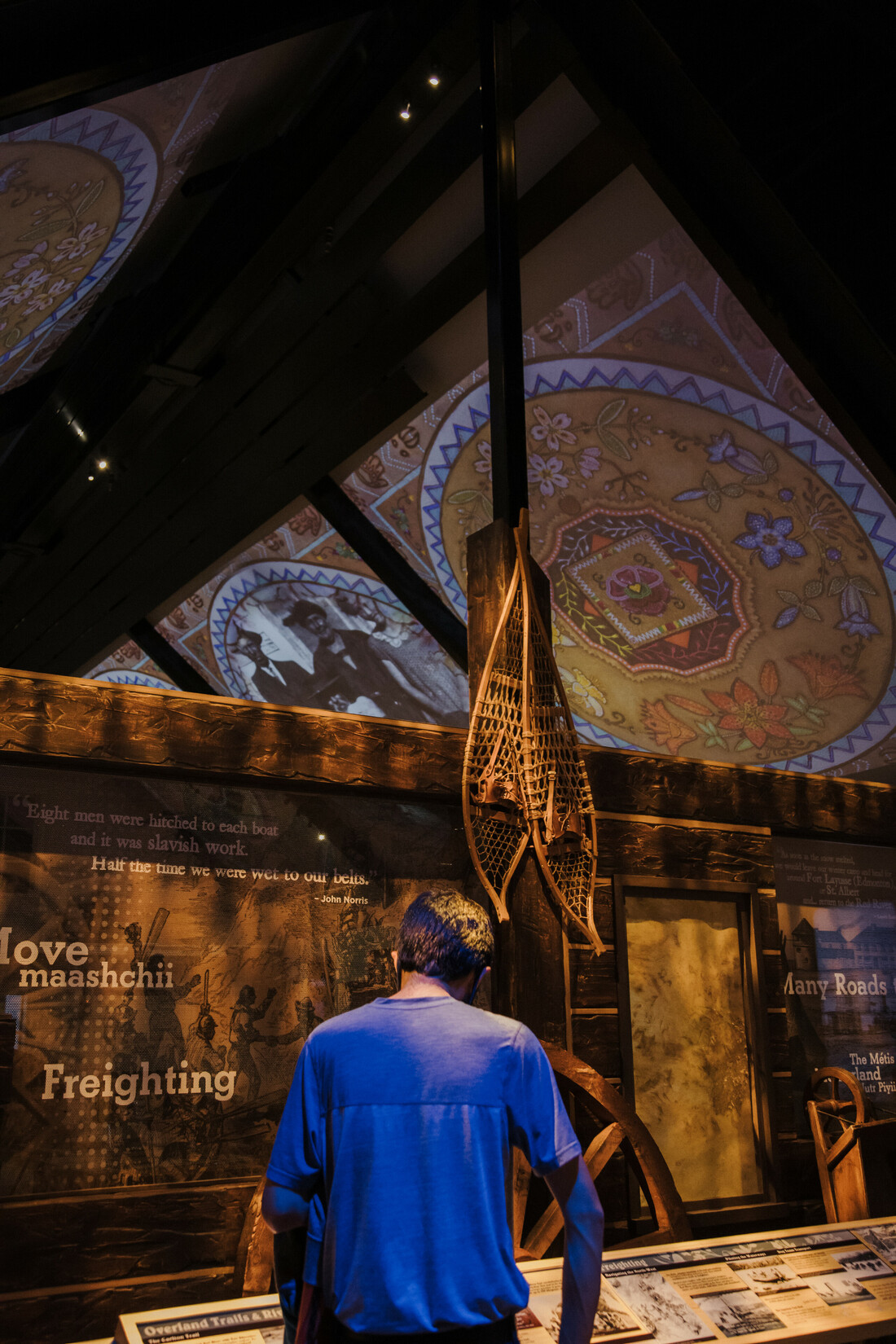
Métis in Treaty 6 & Relationship to Fort Edmonton Park
The Homeland of the Métis
Fort Edmonton Park acknowledges and values the history of the Métis, who were instrumental in the development of St. Albert, Lac Ste. Anne, St. Paul de Métis, Lac La Biche, and Edmonton. The Métis are a distinct people and culture. In the 1700’s, French and Scottish fur traders married First Nations women and from those marriages emerged the Métis.
The Métis settled in the Edmonton area during the early fur trade. They often acted as liaisons between First Nations, Métis and fur trading companies because the Métis knew the languages, cultures, people and communities. The nehiyaw (Cree) came to call the Métis, otipemisiwak - which means ‘those who rule/own themselves.’
The majority of staff working for the Hudson Bay Company were Métis - they settled close to the Fort, Big Lake and the Sturgeon River. The Métis developed river lots along both the North Saskatchewan and the Sturgeon Rivers. These lots were long and narrow and gave access to wooded areas, farm land and fresh water. The Métis built a thriving community close to Fort Edmonton. In 1882, there were 44 large river lots in the area - however they were soon displaced by the expansion of the city of Edmonton. The river lots were influential in the design of present-day Edmonton.
In the early 1800’s, the Métis helped the Northwest Company by guarding and taking care of the horses near the Big Lake settlement. The Métis became well known for the skill and ability to work with horses. They also gained a reputation for being excellent hunters and guides for the fur trade. The Métis would go on large buffalo hunts travelling through Edmonton with their Red River Carts twice a year during the summer and winter. The hunt would last months. On their way home, they would stop at Fort Edmonton to sell their goods - meat, fish and pemmican.
The Métis loved to celebrate and took pride in their culture. There would often be food shared, dancing and music, Métis weddings were known to last for days! The fiddle was a staple in their homes. With the distinctive sound and beat, the Métis combined European and First Nations dances to create the Red River Jig. The Métis took elements from their mixed heritage and created their own ways of knowing and doing. They used European glass beads and fabric with Indigenous weaving techniques and even created their own language, Michif. Sashes were finger woven together with different strands, threads, patterns, and fabric colours that represented different backgrounds. The Métis wore their sashes proudly and were used in many ways from carrying weight, saddle blankets, worn as a belt or scarf, or even used as a rope. While men wear the sash around their waist, women wear it across their chest.
In the 1860’s the government made their way out west and ignored the Métis property claims and started to force them off of their lands. Settlements were divided into homesteads, and in between these new sites were spaces left for roads. Many Métis were forced from their homes and came to stay on these road allowances. It is one of the reasons few Metis settlements exist today.